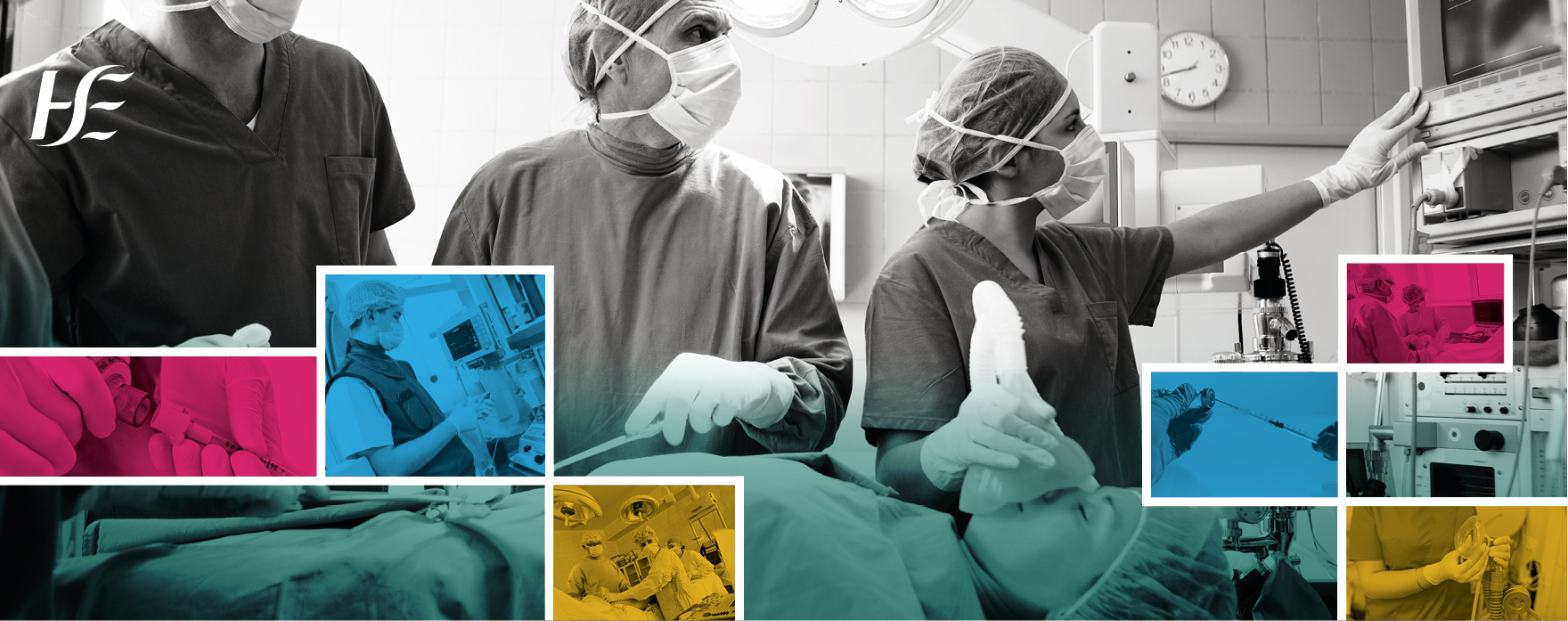
Anaesthesiology
The role of the anaesthesiologists has changed over the years. Whilst originally confined largely to the operating theatre, the speciality has emerged to a point where there are few departments in hospital that do not avail of the services of an anaesthesiologist. It is estimated that some 70% of all hospital patients will at some time have contact with an anaesthetist during their stay.
Anaesthesiology is a 24/7 specialty encompassing both elective, emergency and out of hours care. Anaesthesiology encompasses the specialties of Paediatric and Adult Anaesthesia, Paediatric and Adult Intensive Care Medicine and Pain Medicine.
The role of the anaesthesiologist in general is in providing anaesthesia for scheduled and emergency surgery, obstetrics and radiological procedures in both adults and children. The skills and competencies acquired during training in anaesthesiology are recognised as essential parts of emergency and resuscitation medicine, major trauma care, care of the critically ill patient, transport of the critically ill as well as in the management of acute and chronic pain.
Current Model of Anaesthesiology Service Delivery
As anaesthesia is a 24/7 service, consultant and non-consultant medical staffing levels are dictated by elective, emergency and out-of-hours requirements including the following:
- Scheduled anaesthetic services cover a very wide range of areas. The theatre workload of a general anaesthetist typically consists of a combination of pre, intra and post-operative anaesthetic care as well as a dedicated amount of time for administrative, teaching and educational activities.
- Elective anaesthesia cover can include surgery/elective theatre work, obstetric care, critical care, ECT, pain service delivery, radiology procedures and pre-operative assessment clinics.
- Anaesthesiologists also deliver emergency and on-call services and staffing standards are in place to ensure that appropriate staffing is available to cover unscheduled care requirements across different hospitals settings, model 3 and 4 hospitals in the main.
- The on-call anaesthesia team, provides cover for all emergency surgery (including trauma), obstetrics (labour ward, epidural analgesia, emergency caesarean section) and intensive care including out-of-hours service delivery. A number of critically ill patients may require urgent transfer to other centres for specialised care. These transfers of critically ill adult or paediatric cases require the presence of an anaesthetist.
Anaesthesiology services are provided in all publicly funded Model 3 and Model 4 hospitals, as well as some Model 2 hospitals. Twenty-nine Model 3 and Model 4 hospitals have emergency departments and 19 have a co-located maternity unit. Anaesthetic services are also provided in several mono-specialty hospitals including paediatric, orthopaedic and maternity hospitals. Most private hospitals also provide a range of anaesthetic services on-site.
